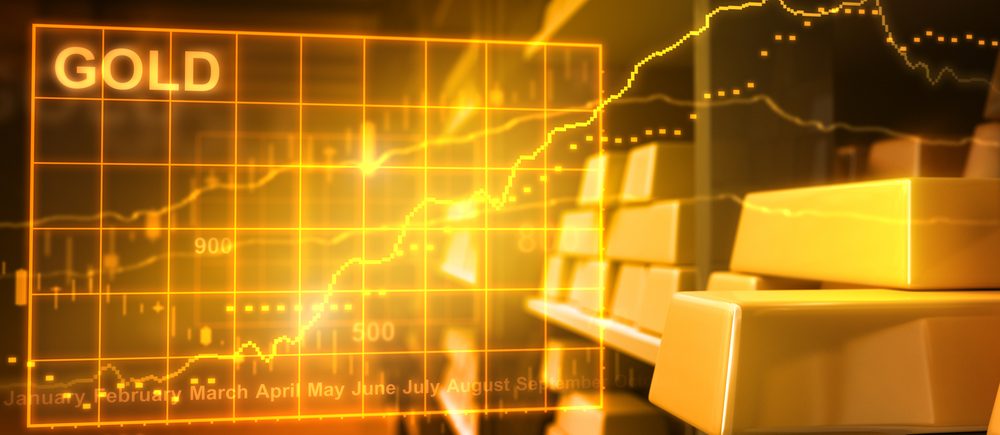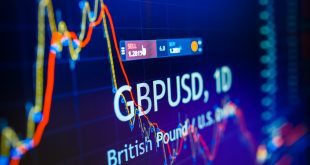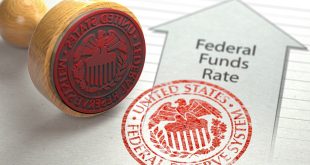Markets are eyeing Powell’s two-day testimony before the House and Senate next week, a lineup for Fed speakers, and more macro releases.
Next week, gold will experience a lot of conflicting signals. More easing from China (commercial banks are reducing rates), Fed speakers, and flash PMIs. The market may theoretically still see some risk appetite, which would keep the price of gold unstable. Macro releases could be significant market movers given that the Fed is mostly data-driven going into the July meeting. Gold prices are still looking for evidence that the Fed is truly finished and/or a US dollar-deflationary catalyst. Data will become more sensitive and significant going into a meeting in July where an increase is almost certainly going to happen.
In June, the price of gold has remained stable, fluctuating between $1,940 and just below $2,000 per ounce. However, analysts frequently caution that gold is prepared for a larger move following several weeks of sluggish price activity. The catch is that it might go either way. Given how long gold has been trading sideways, a larger move in one direction or the other is overdue. Gold might retest the $1,880 mark or climb back up to about $2,000. The Fed misled the markets on Wednesday by announcing a “hawkish pause” and two additional rate increases.
The Fed’s break had little effect on gold. A pause can be profitable. However, it was the most pessimistic pause we could muster. And for this reason, gold has exchanged.
At the news conference, Powell said that the U.S. central bank would continue to be data-dependent and would not guarantee a rate increase in July. Powell, the chair of the Fed, is attempting to maintain optionality. Markets might have kept seeing weaker inflation readings. Gold is not at $1,900 for this reason. Gold would be trading at $1,900 if the Fed’s dot plot was confirmed during the press conference.
August Comex gold futures were trading at $1957.30 at the time of writing sliding from $1,968.20 on the day, down 0.13% on the day and essentially unchanged on the week. Markets currently anticipate just one additional rate increase in July.
According to the researchers, gold will respond if that changes. While everything is going on, gold is closely monitoring macro releases and there is still a risk of a significant selloff in the gold market because that would be symmetrical to what happened over the past two years when gold reached $2,000 per ounce. The next most likely move for gold is lower.
Monitoring the technical trading of gold is also crucial. The longer the precious metal holds constant in the face of this hawkish pressure, the more likely it is that prices will increase.

Gold
 Noor Trends News, Technical Analysis, Educational Tools and Recommendations
Noor Trends News, Technical Analysis, Educational Tools and Recommendations




